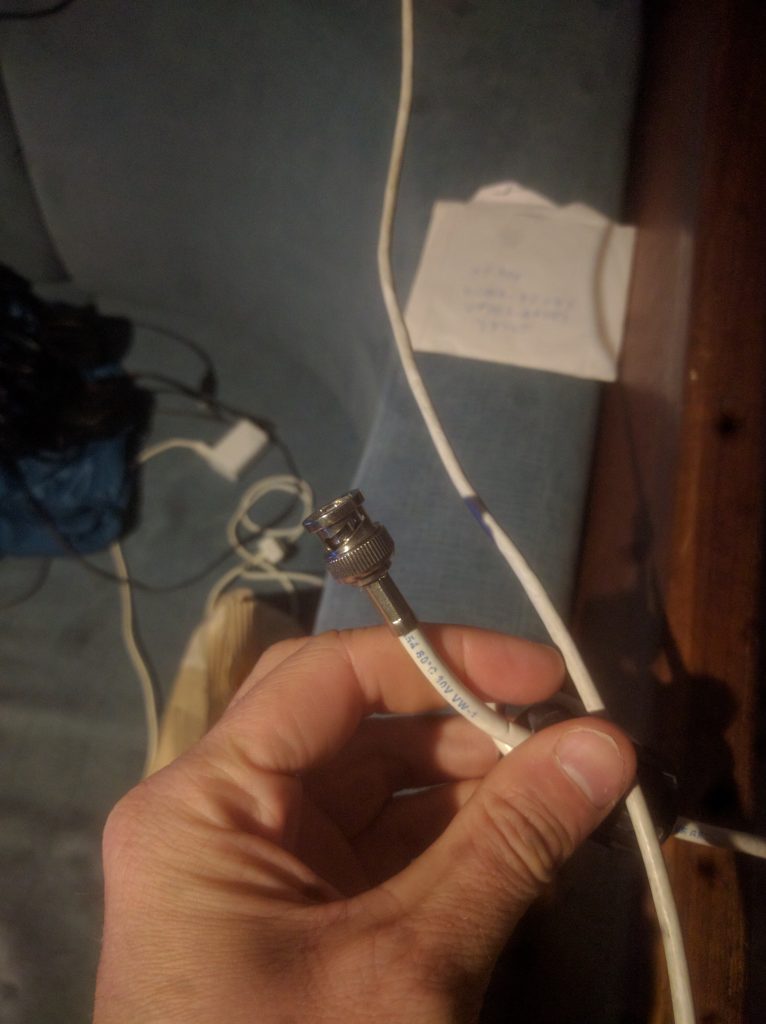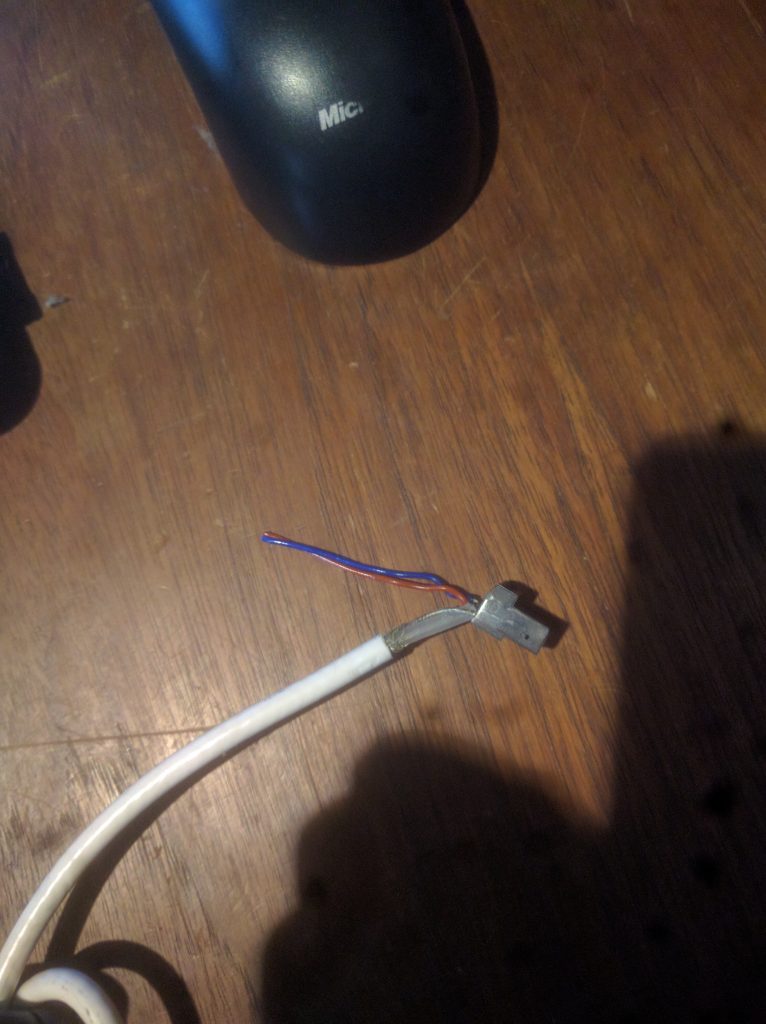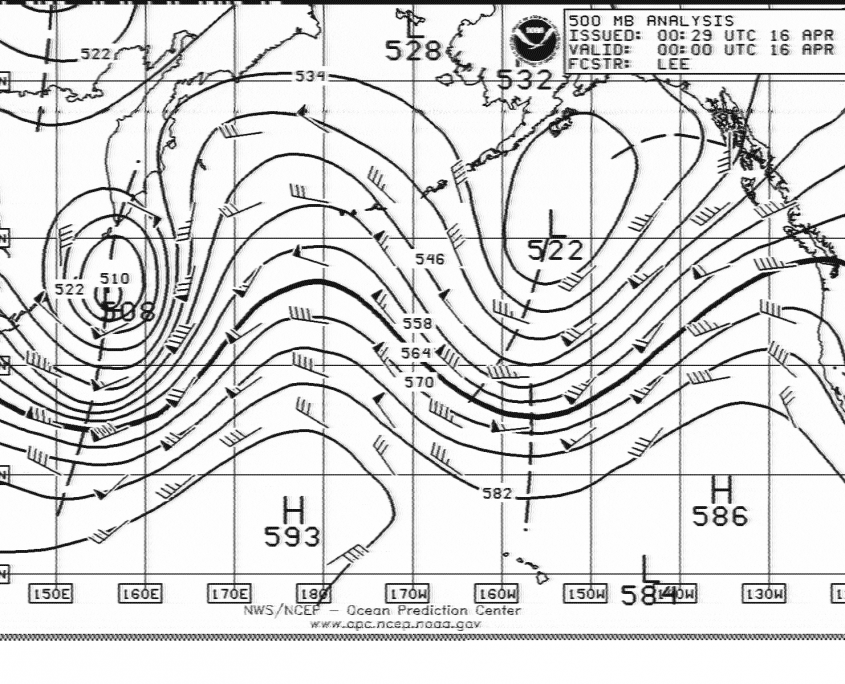So after bolting everything in, turning it on and testing it, it seemed to work. I picked up
- USCG weather from Port Reyes, California (1440 km away)
- A bunch of russians nattering on a ship band
- Some people in alaska talking about ‘Elk Camp’ (!?) and how someone was bummed he missed it
- Someone talking about his prostate surgery in Washington State (good luck guy!!!)
- An extremely racist AM talk show radio show from WA
- Someone talking about vampires which involved repeating ‘don’t invite them in’ in a soft creepy voice
The last one spooked me and I stopped channel hopping. The AM band is a scary place, especially by yourself late at night.
I didn’t transmit as most of these were on the amateur (HAM) bands and I don’t have my amateur license yet (working on it, the basic license is surprisingly tough with a huge amount of information). There was also a LOT of interference, as I am in a liveaboard marina with peoples fridges etc going and a coast guard base next door! Can’t wait to get out of the marina and see how clear it can get. I also may rewire it to its own power panel, as at the moment it’s wired to the general breaker.
Next, I decided to hook up the modem (PACTOR II USB, with the PACTOR III license upgrade). This was pretty self explanatory, consisting of three cords, two of which went to the transceiver and the last was a USB straight into the PC. The last thing was to hook up the 802 and the pactor to GPS somehow. The 802 only takes NMEA183 (doh, everything I own uses NMEA2000) via a BNC connection (what the hell) which was a … weird choice.
This is a BNC connector. Last time I saw one of these was years ago
Luckily the thing came with a weird wire that had a BNC connector and the 3 prong connector for the modem on the other side. At first glance this appeared useless – how would you get the GPS signal in? But then I noticed two little wires sticking out the side of the three prong. Here it is after I stripped the wires out.
Basically all I had to do was enable the NMEA183 output from the chartplotter (luckily I still had a cable run inside from my semi-successful attempts to get OpenCPN working), crimp the NMEA+ and NMEA- talk wires to the correct ones on the plug and run the whole thing. DONE!
Finally, I decided to give the modem a quick test so fired up Airmail and tuned into a weather fax station. Lots of horrible screechy noises later, I ended up with a readable weather chart like the one below! Amazing!
Basically the modem takes analog radio signals and converts them into a digital image. Kind of like the old dial-up internet, just even slower. SO COOL!



Very cool, It’s alive! Nice job on the wiring.
Thanks! Pulling wires is always the worst part of the job.